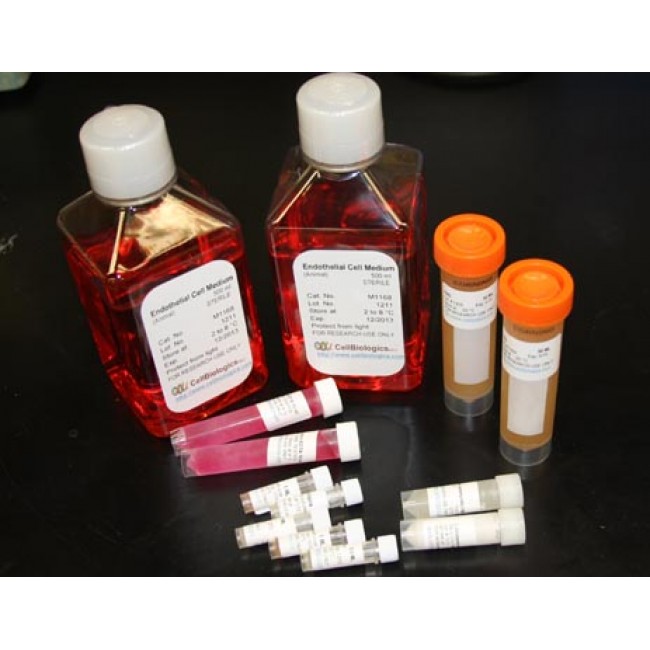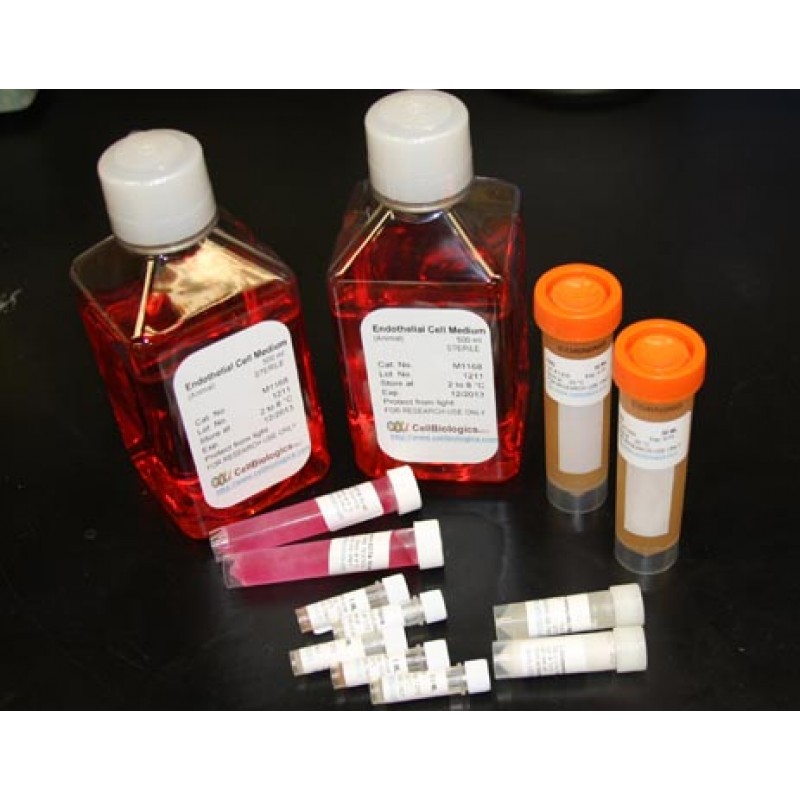Insulin-like growth factor I, also known as somatomedin C, is the dominant effector of growth hormone and is structurally homologous to proinsulin. Human IGF-I is synthesized as two precursor isoforms with N- and alternate C- terminal propeptides (1). These isoforms are differentially expressed by various tissues (1). The 7.6 kDa mature IGF-I is identical between isoforms and is generated by proteolytic removal of the N- and C- terminal regions. Mature human IGF-I shares 94% and 96% aa sequence identity with mouse and rat IGF-I, respectively (2), and exhibits cross-species activity. It shares 64% aa sequence identity with mature human IGF-II. Circulating IGF-I is produced by hepatocytes, while local IGF-I is produced by many other tissues in which it has paracrine effects.


